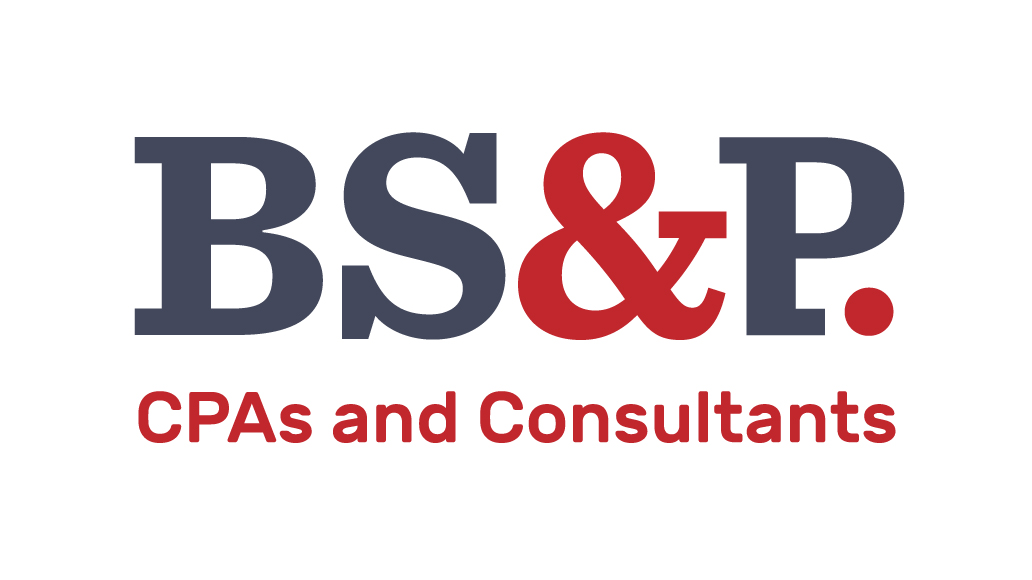Have you ever wondered whether you qualify for the home office deduction?
This article is intended to serve as a brief, not all-inclusive, explanation as to who is eligible for the deduction, various expenses that can be deducted, and other IRS reporting requirements.
What is the home office deduction?
The home office deduction is a tax benefit that may be available to those taxpayers who are self-employed and have a designated room or space that is used for conducting business. This room or space could be a part of a house, apartment, or other properties that provide basic living accommodations.
General requirements
- Regular and exclusive use of the home office—the designated area of the taxpayer’s living accommodations must be used for the sole purpose of conducting business, and business must be conducted on a regular basis. There are two exceptions to the exclusive use rule: (1) the area is used for the storage of inventory or product samples; (2) the area is used as a daycare facility.
- Trade or business use—the area of the home must be used in connection with a trade or business. Other profit-seeking activities do not meet this requirement.
- Principal place of your business—a taxpayer is allowed to have multiple business locations for a single trade or business. However, the home most be your principal place of business in order to take a home office deduction.
Which expenses qualify for the deduction?
Home expenses such as real estate taxes, utilities, repairs and maintenance, mortgage interest, rent, depreciation, and insurance are common expenses that can be used towards the home office deduction. These expenses cannot be deducted as business expenses, which is why utilizing the home office deduction is an advantage for tax purposes.
Methods for calculating the deduction
- Regular method – the deduction is calculated by determining business versus personal use for all home operating expenses. Direct expenses may be deducted in full, while indirect expenses are multiplied by the square footage of the home office divided by the total square footage of the home to determine the amounts allocable for business use.
- Simplified option – this is an optional safe harbor method that may be a more attractive option to some taxpayers. A set rate of $5 per square foot, up to 300 square feet, is allowed as a deduction for the area of the taxpayer’s home office. This option can be used in any given year.
It is important to note that no matter the method chosen, business expenses may not be deducted in excess of the gross income limitation. Expenses may be carried forward under the regular method, but not under the simplified option.
I think I qualify for the deduction. What information should I send to my tax preparer?
Your tax preparer may need more information depending on your specific situation, but the below list serves as a starting point:
- Total area used exclusively for business, in square feet
- Total area of your home, in square feet
- List of types and amounts of home operating expenses – be sure to note if there are any direct expenses
If you have questions or concerns regarding the topics discussed above, be sure to consult your tax advisor.
Written by Katie Kriner, Senior Accountant
